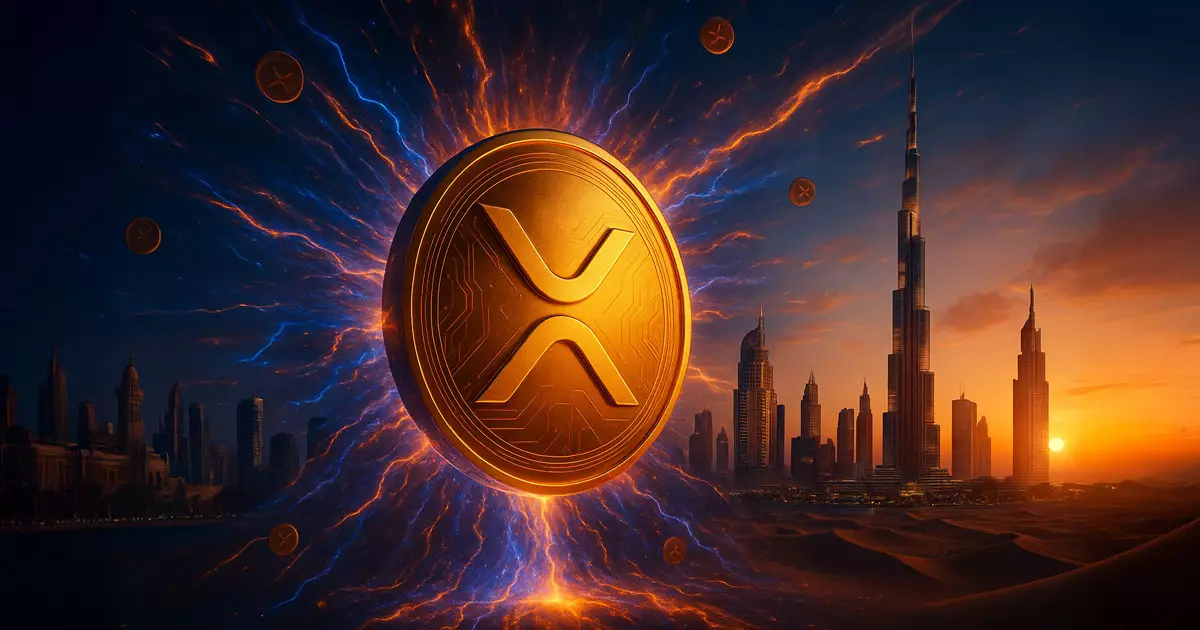In an unexpected turn of events, Ripple’s stablecoin, RLUSD, witnessed a substantial expansion in its circulating supply, increasing by 29% within just one week, culminating in a remarkable $320.6 million. This surge not only surpasses the $300 million mark for the first time but signifies an impressive sixfold increase since its inception only months ago on December 17, 2024. The data, sourced from Artemis, indicates that this issuance surge coincided remarkably with a robust 38% uptick in weekly transaction volume, which rose to $648.1 million from $469.7 million just a week prior.
What stands out here isn’t just the growth in figures; it’s the potential implications for the broader crypto landscape. The excitement surrounding RLUSD seems palpable, especially given that it’s nearing historical transaction volume levels, much like the peak observed during late April when users transacted $741 million with the token. Yet, it must raise questions: Can such rapid growth be sustained, or will it ultimately crash down like so many crypto projects before?
Contextualizing RLUSD in a Crowded Market
Despite these impressive developments, RLUSD still captures a mere 0.1% slice of the $236 billion stablecoin market, dominated by giants like USDT and USDC. As fundamental economic principles suggest, a small player in a vast market may find it challenging to maintain momentum. Even as USDT and USDC demonstrated slight growth, one must consider whether Ripple can sustain interest in RLUSD. Any signs of stagnation could spell trouble for its future.
Moreover, while Ripple enjoys favorable regulatory status in jurisdictions like the UAE, where RLUSD has been approved for use within the Dubai International Financial Centre, its future viability remains in question. Regulation can act as a double-edged sword; while it provides legitimacy, any missteps could endanger these gains. The crypto space is notoriously volatile, and despite the optimism emanating from Ripple, skepticism is warranted.
Future Prospects: A Double-Edged Sword?
Ripple’s aspirations to integrate RLUSD into its DFSA-licensed payments platform, allowing up to 7,000 regulated firms to conduct transactions with this stablecoin, presents an enticing prospect. Yet, this partnership is built on an increasingly competitive landscape. Other minor competitors such as PYUSD and USDS are also increasing their presence, potentially siphoning off interest.
Furthermore, the recent acquisition of the prime brokerage platform Hidden Road as part of Ripple’s $1.25 billion strategy raises critical questions about operational execution and market penetration. Will the integration of RLUSD enhance Ripple’s market relevance or merely dilute its efforts?
It’s clear that the vibrancy and dynamism of the UAE’s digital economy, as remarked by Ripple’s managing director for the Middle East and Africa, Reece Merrick, offers ample opportunities. However, it’s crucial to remember: not all that glitters is gold in the world of crypto. Data indicates that while demand for digital-asset settlement is growing, the bubble surrounding cryptocurrencies often leads to reckless speculation rather than genuine innovation. Will Ripple manage to carve out a sustainable niche for RLUSD, or will it falter within the cyclical narratives that encapsulate the industry? That remains to be seen.

